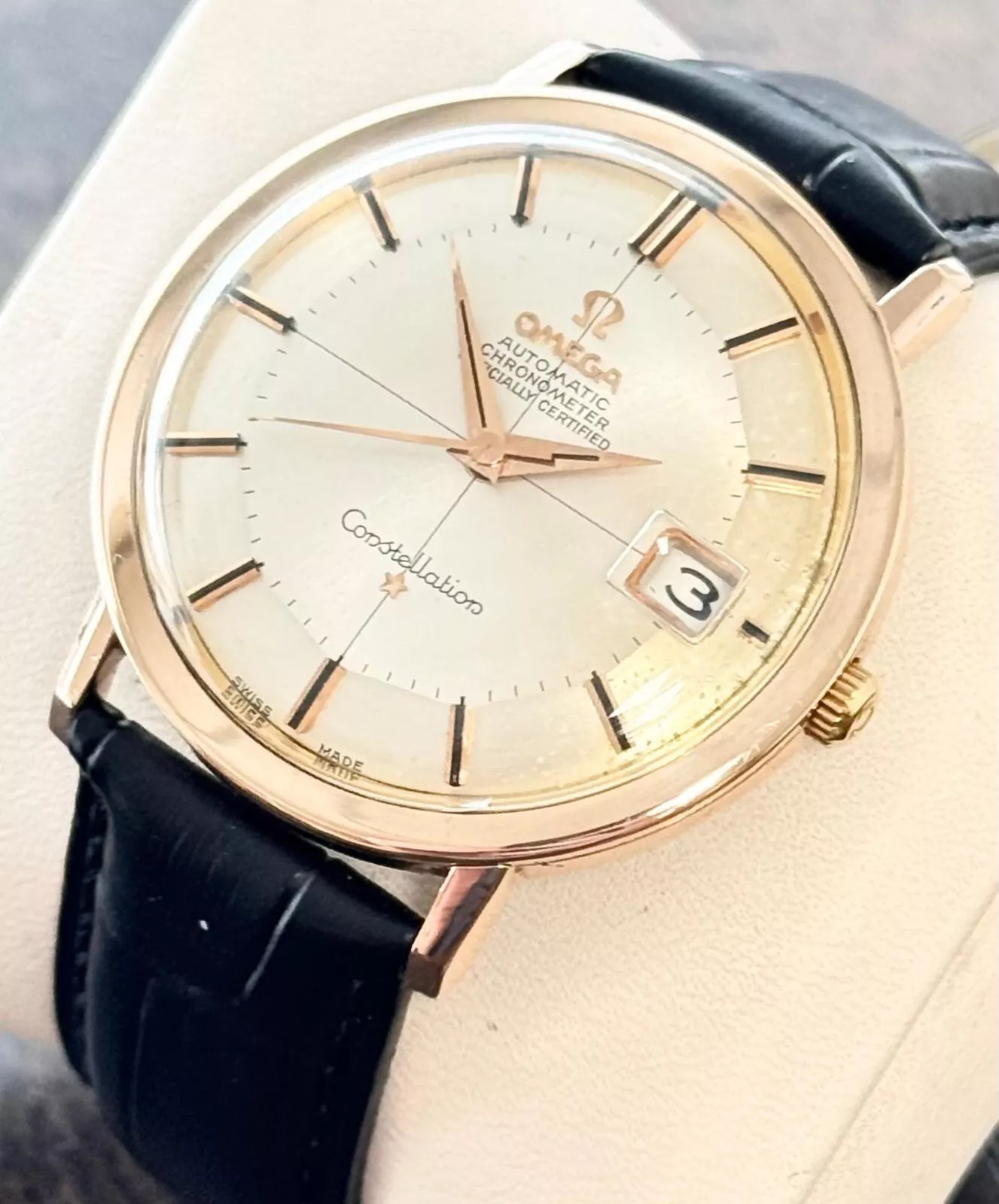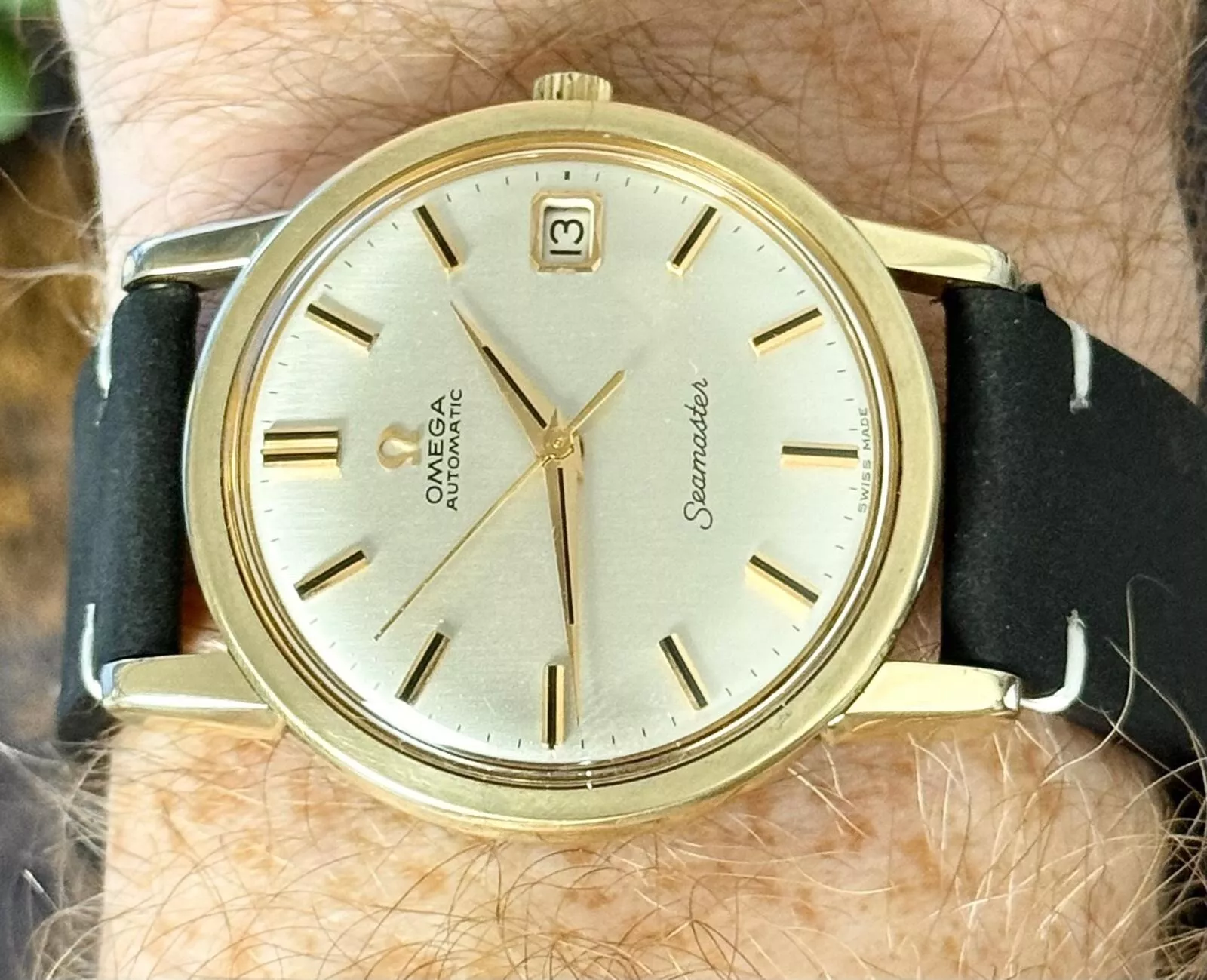Originally conceived to aid pilots in traversing multiple time zones, the GMT watch has evolved into a cherished companion for travellers, professionals, and enthusiasts of fine timepieces. In this guide, we will delve deeper into the intricacies of GMT watches, exploring their origins, inner workings, and practical applications, while providing expert tips on how to read and utilise them effectively.
What is a GMT Watch?
The use of both a GMT hand and a 24-hour bezel allowed travellers to display up to three time zones at once. It achieves this feat by including an additional hand, typically denoted in a distinct colour or style from the regular hour and minute hands.
Where Does the Term GMT Come From?
The term GMT finds its roots in Greenwich Mean Time, the standard time reference based on the mean solar time at the Royal Observatory in Greenwich, London. Some people also refer to GMT as “UTC”, the French acronym for Coordinated Universal Time. It was against this backdrop that the GMT watch emerged, offering a practical solution for pilots grappling with the complexities of time zone differences during long-haul flights.
How Does it Work?
The functionality of a GMT hinges on a delicate interplay of gears, springs, and precision engineering. Central to its operation is the inclusion of a secondary time zone hand, which can be adjusted independently of the primary hour and minute hands. This independence allows users to set the GMT hand to any desired time zone, empowering them to seamlessly transition between different temporal realities without disrupting the local timekeeping function.
The Scale and Bezel
The key to unlocking its full potential is an understanding of the scale and bezel. The scale, typically inscribed around the bezel or dial, serves as a visual reference for different time zones. By aligning the GMT hand with the corresponding hour on the scale, users can effortlessly ascertain the time in another part of the world. In watches with a rotating bezel, this process is further streamlined, as the bezel can be adjusted to represent different time zones, eliminating the need for mental calculations.
Setting and Reading a GMT Watch
Setting and reading a GMT watch may initially seem daunting, but with a systematic approach, it becomes second nature. Here’s a step-by-step guide to demystify the process:
Step 1: Identify the GMT Hand
Locate the GMT hand on your watch, typically distinguished by its unique colour or design.
Step 2: Set the GMT Hand
Using the crown or bezel, turn it until the GMT hand points to the desired hour. Take care to ensure accuracy and precision in your adjustments, as even minor discrepancies can lead to confusion down the line.
Step 3: Read the Normal Hour Hand
The normal hour hand indicates the local time at your current location. Read it as you would on any standard watch, taking note of the hour and minute markings for precise timekeeping.
Step 4: Read the GMT Hand
The GMT hand now displays the time in the reference time zone you’ve set. Simply observe where it aligns with the scale or bezel to determine the corresponding hour, allowing you to stay connected with distant locales at a glance.
Exploring Advanced Functionality
Beyond its primary function of tracking two time zones, some boast advanced features that elevate their utility to new heights. For instance, those equipped with an independent GMT hand enable users to track a third time zone simultaneously, offering unparalleled flexibility for globetrotters and jet-setters. Additionally, certain GMT watches feature complications such as a day-night indicator or a date display, further enhancing their practicality and allure.
Who Uses a GMT Watch and Why Own One
The appeal of these watches transcends boundaries, attracting a diverse array of users drawn to their blend of form and function. Frequent travellers, pilots, and international businesspeople rely on GMT watches to stay connected with global partners and streamline their travel experiences. Likewise, watch enthusiasts are captivated by the craftsmanship and innovation embodied in GMT watches, appreciating them as both practical instruments and objets d’art.
Mastering the art of reading a GMT on a watch is akin to embarking on a journey of discovery and connection across the tapestry of time. With a firm grasp of its origins, functionality, and practical applications, coupled with expert tips and guidance, you can unlock the full potential of your watch and embrace the world with confidence and elegance.








